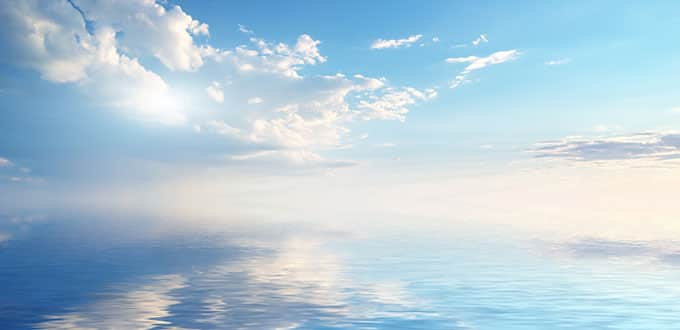
Added to Favorites!

Added to Favorites!
Osaka Gorumet & Sushi Making
Kyoto (Kobe), Japan
Duration 5 hrs
- Adult from: $289.00 USD
- Child from: $149.00 USD

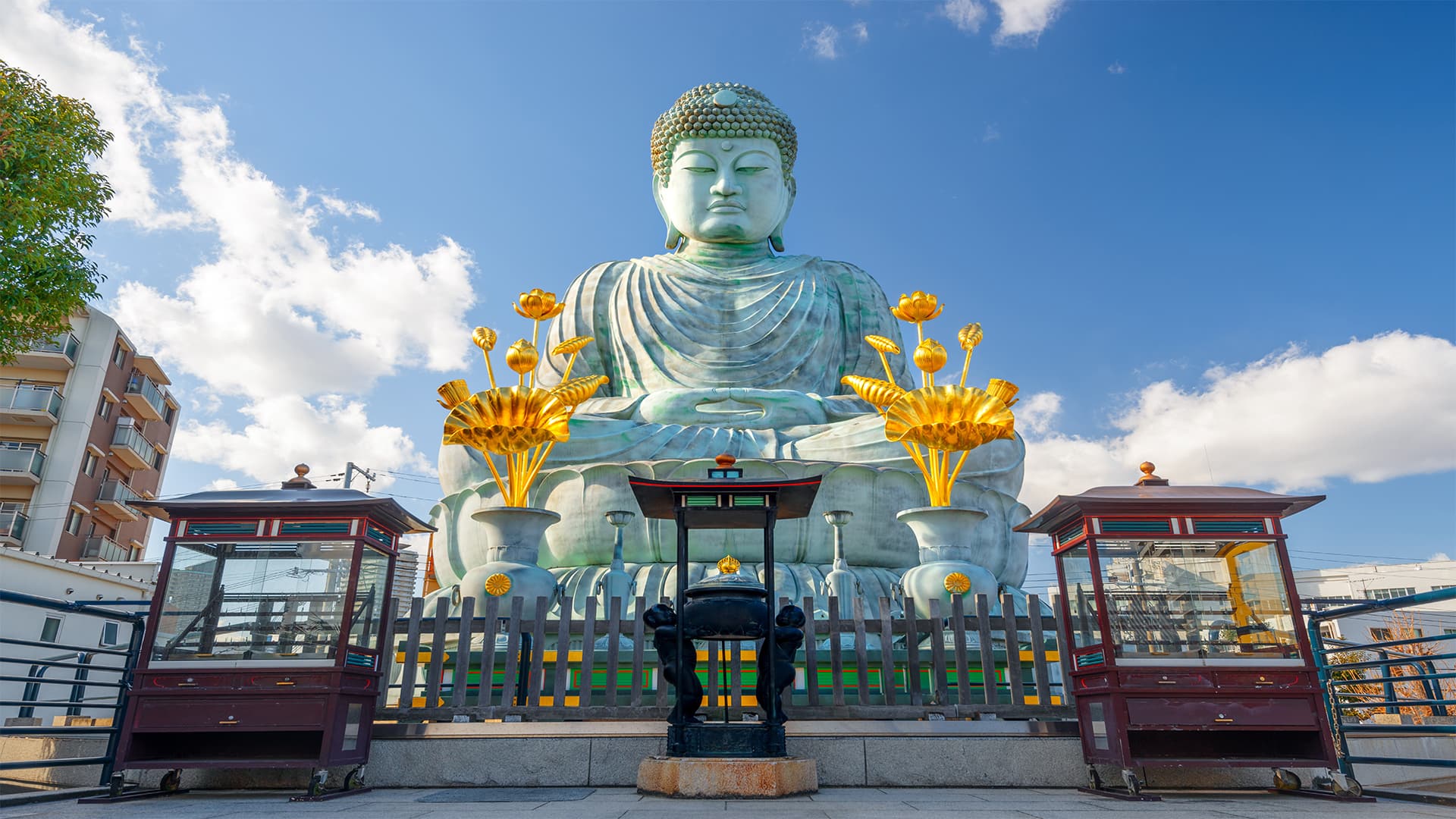
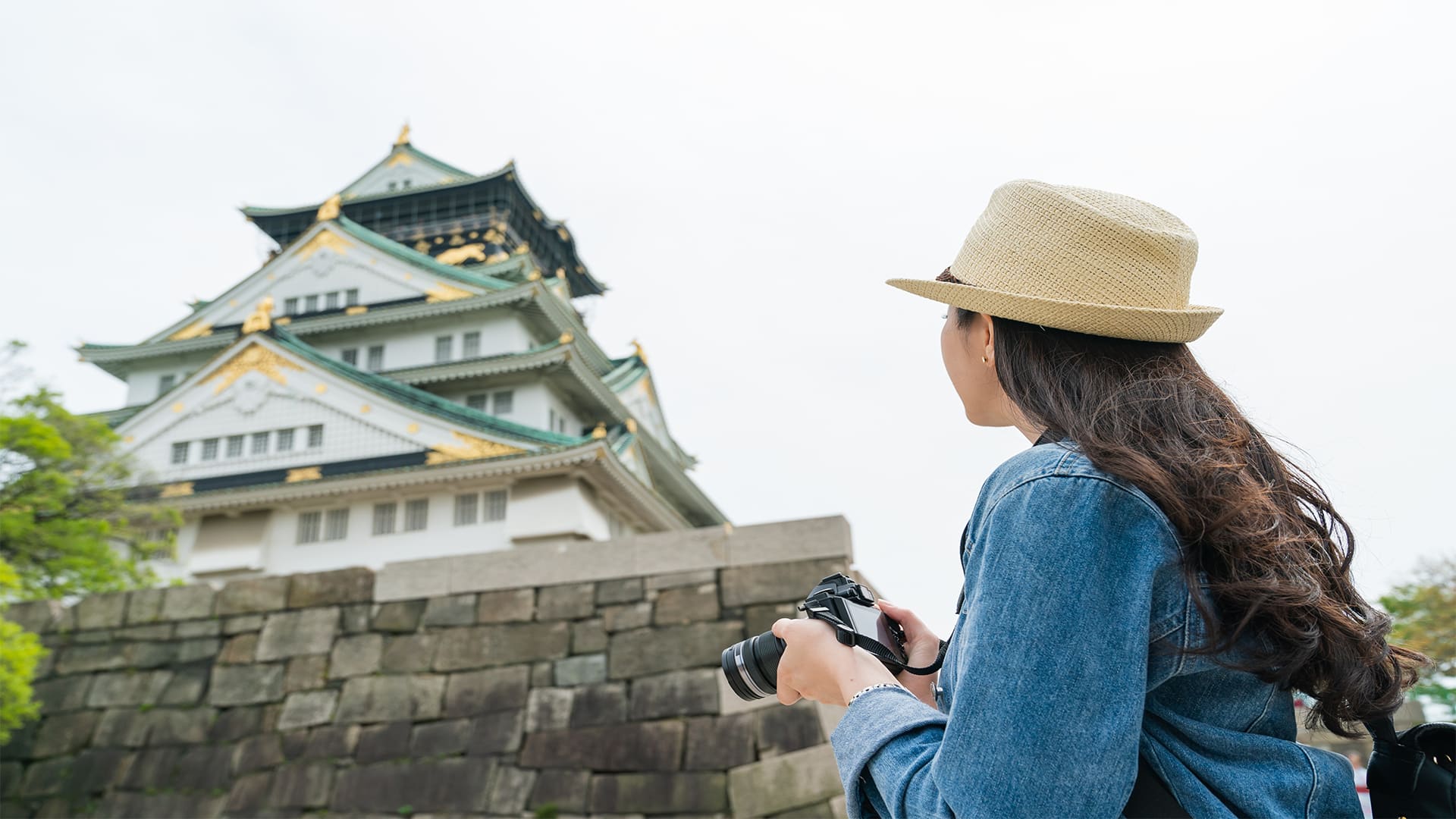

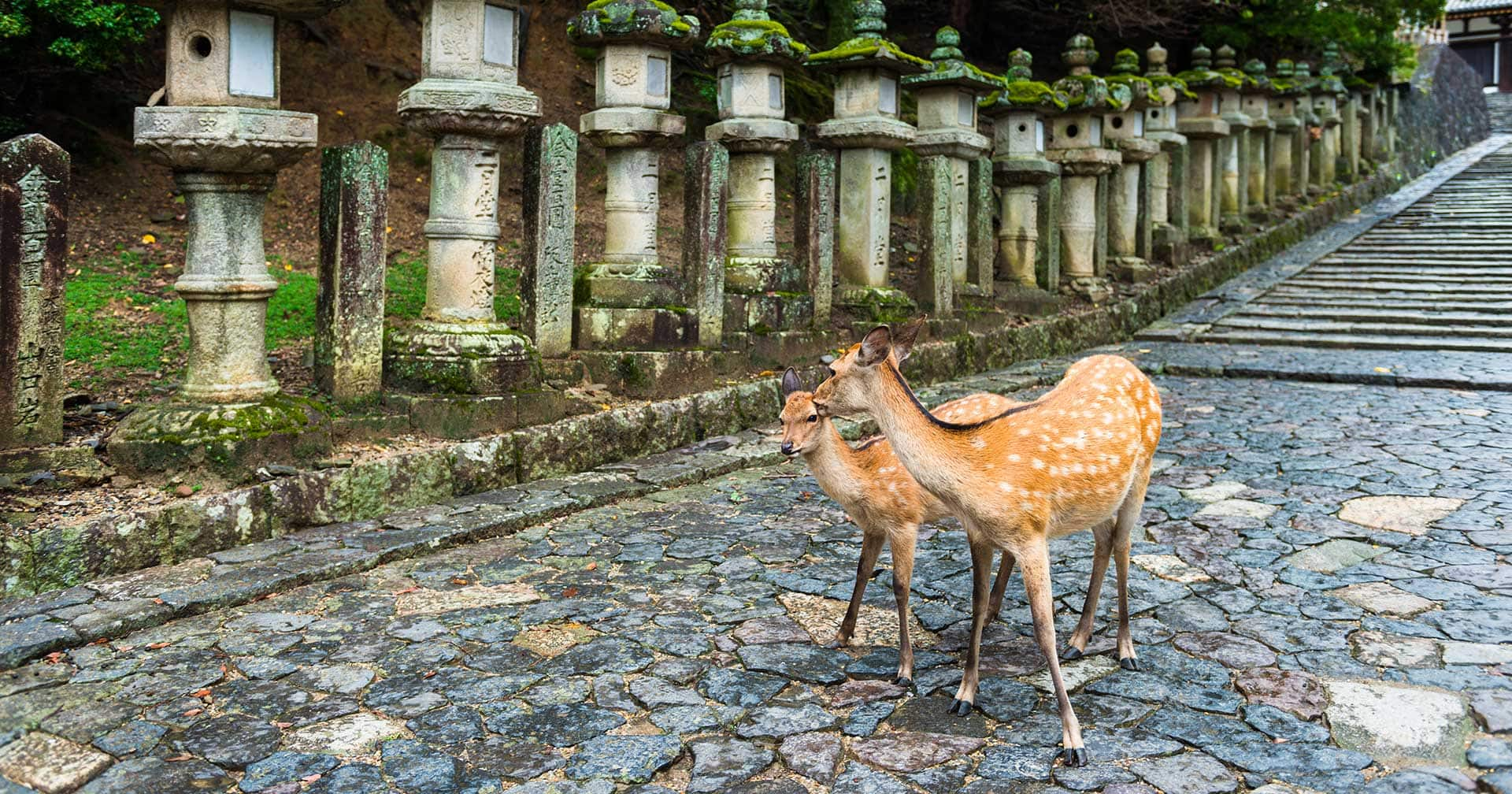


Duration 5 hrs
OVERVIEW
Browse the bustling Kuromon Market, where you will see every imaginable gourmet delicacy, and learn to prepare your own sushi by following a chef’s instruction. The covered market holds more than 150 stores where everything from blow fish to fresh fruits to traditional sweets can be found. Expect it to be crowded and loud, which is much of the charm. Chances are, you will see fishmongers preparing fresh cuts of seafood, people dining on street food and others just milling about awed by the abundant choices. You may be offered samples, but don’t get too full as you will soon be making sushi for your lunch. The chef will show you how to prepare two styles of sushi. Nigiri sushi typically features raw fish atop a mound of hand-pressed rice. Then there is gunkan sushi, in which the rice is wrapped in a strip of seaweed to create a bowl for the various toppings.
HIGHLIGHTS
• Meander through the historical Kuroman Market, which specializes in fresh seafood.
• See some of the seafood that you may use to prepare your own sushi for lunch.
• Learn the basics of preparing sushi by following a sushi chef’s instruction.
• Dine on your lunch, which will feature nigiri and gunkan styles of sushi.
HELPFUL HINTS
• Dress in weather-appropriate clothing.
• Wear flat comfortable walking shoes.

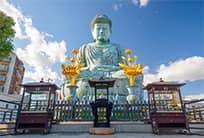
Duration 6 hrs
OVERVIEW
See a remarkable array of attractions in downtown Kobe and come away with an excellent overview of its charms. The Buddhist temple Nofukuji is noteworthy for its Great Buddha, a towering statue erected in 1991 to replace the original, which was melted down for scrap to support Japan’s need for metal during World War II. Sorakuen Garden is an equally serene setting that surrounds a central pond. The camphor trees were supposedly planted nearly 500 years ago to ward off calamity. Architecture will take center stage in Kitano Ijinkan Gai, a historical neighborhood with Western-style residences that British architects designed in the late 19th century for foreign merchants and diplomats. They are handsomely furnished with period pieces. Kobe is also well-known for its sake. While browsing a brewery, you will see how it makes rice wine with high-mineral-content local water and a specific rice variety that imparts a rich flavor.
HIGHLIGHTS
• Behold the Great Buddha statue outside Nofukuji temple.
• Stroll the winding paths of Kobe’s only traditional urban garden.
• Walk through a neighborhood of unexpected Western-style architecture.
• See how Kobe’s uniquely flavored sake is brewed using traditional techniques.
HELPFUL HINTS
• Dress in weather-appropriate clothing.
• Wear flat comfortable walking shoes.


Duration 6 1/2 hrs
OVERVIEW
Behold a downtown castle so iconic that it has become a symbol of the city and then mingle with the locals in two wonderfully bustling shopping districts. The setting of Osaka Castle couldn’t be more serene as it stands at the edge of a urban park with more than 1,200 trees, the majority of them ornamental cherry blossoms and apricots. As you meander through the grounds, take note of the massive wall that surrounds the castle. Its stones were supposedly carried there from all over Japan to display loyalty to hegemon Toyotomi Hideyoshi, who built Osaka Castle. The atmosphere will become noticeably more energetic in Dotonbori, an entertainment district with countless stores and restaurants. The guide will point out and describe some of the more flamboyant sights – including the massive 3-D billboards – after which you will be free to independently explore Dotonbori and neighboring Shinsaibashi, another lively shopping arcade that seems to go on forever.
HIGHLIGHTS
• Stroll through the serene park surrounding Osaka Castle, the city’s iconic symbol.
• Enjoy free time in the Dontonbori and neighboring Shinsaibashi shopping districts.
• Be awed by the sheer number of people shopping in these two areas.
HELPFUL HINTS
• Dress in weather-appropriate clothing.
• Wear flat comfortable walking shoes.


Duration 5 hrs
OVERVIEW
Watch a captivating kendo performance and learn some of the basics of this martial art before spending free time in the vibrant Shinsekai district. Accomplished masters will demonstrate kendo, which is derived from the sword-fighting techniques that the ancient samurai practiced. As you will see, the participants wear protective armor and use bamboo swords to strike each other. The points scored depend on the targets hit. Besides discovering the etiquette behind kendo, you are welcome to suit up in traditional kendo attire and try this martial art firsthand. For a complete change of pace, you will continue to Shinsekai, a nostalgic district modeled after both Paris and Coney Island. During free time there, you might dine on your own, play vintage arcade games and browse the seemingly endless shops, many of them along the Janjan-Yokocho alley. The landmark that rises above it all is the Tsutenkaku Tower, a symbol of Osaka.
HIGHLIGHTS
• See kendo masters demonstrate their sword-fighting abilities.
• Don a kendo training outfit and try your hand at this marital art.
• Explore the dining, shopping and entertainment district of Shinsekai on your own.
HELPFUL HINTS
• Dress in weather-appropriate clothing.
• Wear flat comfortable walking shoes.

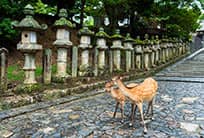
Duration 9 hrs
Enjoy the unrivaled charm of Nara and Osaka, two of Japan's most historic cities, on this full-day tour.
Following a 1 1/2-hour drive, you arrive in Nara, the oldest capital of Japan (710-784), and the cradle of Japanese arts, literature and crafts with temples and shrines that pre-date those found in Kyoto. Modeled after Changan, capital of Tang Dynasty China, the exquisite city of Nara is home to eight World Heritage Sites, and numerous art and architectural relics classified as National Treasures and Important Cultural Assets by the Japanese government.
Visit the incredible Todaiji Temple, founded in 752, and best known for its Daibutsu, the world’s largest Buddha statue, sitting 49 feet tall. The eighth century statue is housed in an all-wood building, the Daibutsu-den, considered the largest wooden building in the world. Nara Park, commonly referred to as Deer Park, surrounds the temple. The tranquil park covers 1,295 acres of woodland and is home to over 1,000 free roaming deer. Considered messengers of the gods in the Shinto religion, Nara's deer are a symbol of the city and are designated a National Natural Monument.
Kasuga Shrine, Nara’s most celebrated, is dedicated to the city’s protector and is also in your itinerary. It is famous for its lanterns, which have been donated by worshipers though the years and are only lit during two Lantern Festivals, in the months of February and August.
Following lunch at a nearby restaurant, you'll drive to Osaka, with a stop to visit famous and imposing Osaka Castle. See the massive stone foundations, wing-tipped roofs with gilded decorations, and comprehensive museum displaying Osaka's most significant historical and cultural artifacts.
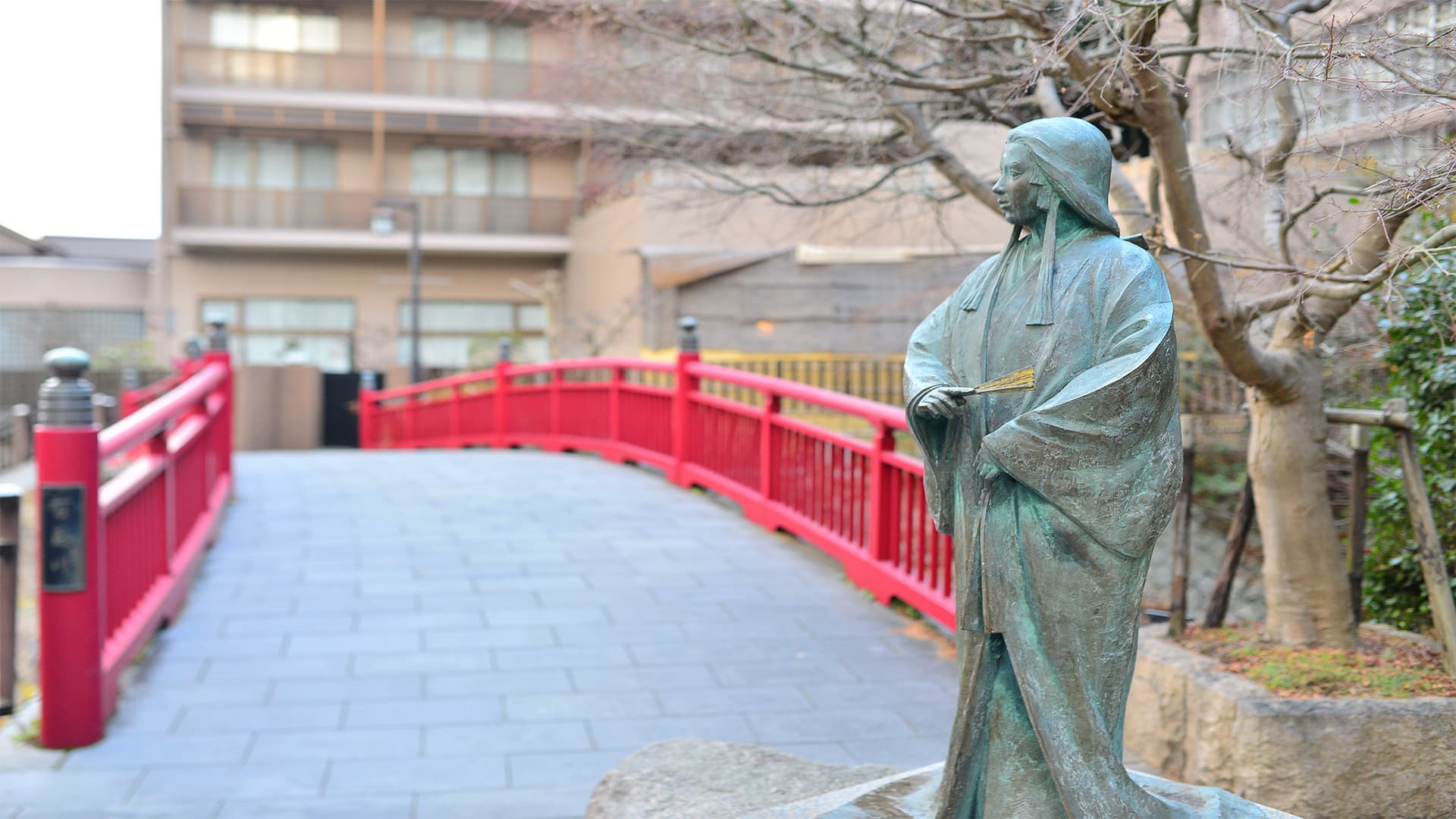
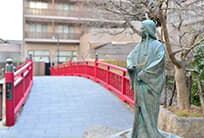
Duration 6 hrs
OVERVIEW
Enjoy a relaxing guided walk through the Arima hot springs district and explore further independently, during which you may partake of the therapeutic waters. Arima lies in a natural mountain setting and although largely modern, it has remained compact and easy to walk. As you meander the atmospheric narrow streets of the historical area, the guide will elaborate on Arima’s more than 1,000-year history, the local traditions and the two types of hot springs. The so-called gold water contains iron deposits said to relieve skin ailments, while the silver water is considered a remedy for various muscle and joint ailments. During free time, you might dine on your own, shop along the retail street Yumotozaka and take advantage of the mineral-rich hot springs. If you prefer not to fully immerse in the hot springs, you could opt for a simple footbath that is immensely rewarding as well.
HIGHLIGHTS
• Gain an overview of the Arima hot springs on an enlightening walk through town.
• Learn about the different types of hot springs and the therapeutic benefits of each one.
• Spend free time dining, shopping and relaxing in the hot springs on your own.
HELPFUL HINTS
• Dress in weather-appropriate clothing.
• Wear flat comfortable walking shoes.


Duration 7 hrs
OVERVIEW
Enjoy an authentic look at life in Kyoto, past and present, through a hands-on experience at a museum and by sitting in at a tea ceremony. The Samurai Ninja Museum offers a rare look into the Japanese warrior culture. The displays showcase authentic armor, swords and artifacts, many of which are centuries old. For a more interactive experience, you can try on the samurai armor and practice swordsmanship and throwing ninja stars. Participating in a tea ceremony will add another dimension to your understanding of Kyoto’s culture. As you will discover, the ceremony involves more than merely the beverage. It is also a ritualistic art form that has endured for centuries. For a candid glimpse at daily life in Kyoto, you will meander through the Nishiki Market, which has been operating downtown for more than 400 years. It is an excellent place for people-watching. During your free time there, you might dine on your own.
HIGHLIGHTS
• Browse a museum dedicated to Japan’s samurai and ninja warriors.
• Try on samurai armor and swing a samurai sword if you like.
• Participate in a tea ceremony in a historical purpose-built building.
• Enjoy free time in the 400-year-old Nishiki Market and stroll Kyoto’s main shopping area.
HELPFUL HINTS
• Dress in weather-appropriate clothing.
• Wear flat comfortable walking shoes.
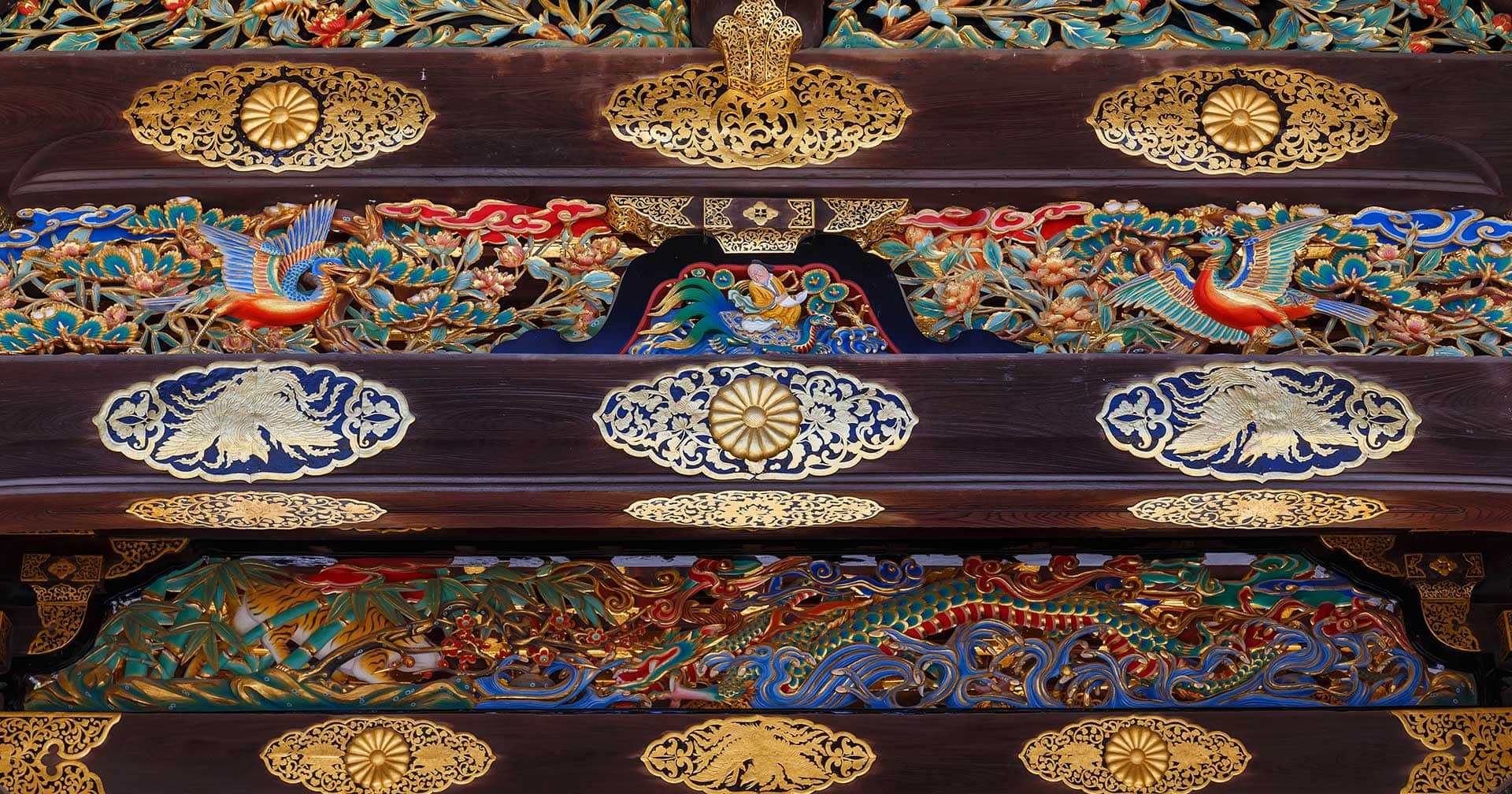

Duration 8 hrs
Explore two of Kyoto's marquee attractions: the impressive Golden Pavilion and formidable Nijo Castle, a quintessential example of Momoyama architecture, which flourished 400 years ago.
Depart from the pier and drive inland toward Kyoto, an immensely historical city renowned for spectacular architecture, which includes thousands of Buddhist temples and Shinto shrines. Upon arrival,you'll have an exterior visit of Kyoto's most famous landmark, Kinkakuji Temple (Golden Pavilion). Built by Shogun Ashikaga Yoshimitsu as a villa in 1397, the three-story home was converted to a temple by Yoshimitsu's son. The Golden Pavilion follows the Shinden style of the Heian Period by being positioned at the edge of a tranquil pond. The three-story Chinese-influenced Golden Pavilion has delicately curving roofs, with the walls and eaves of the second and third stories covered in shimmering gold leaf. View the exterior of the pavilion and walk through the peaceful gardens, marveling at the mirror reflection of the temple on the still pond.
After lunch at a local restaurant more history awaits you at nearby Nijo Castle, a fortification of cypress wood built in 1603 as the residence of the Tokugawa clan. An esteemed UNESCO World Heritage site, the castle is protected by a moat, stone walls, and ingenious nightingale floors, which chirp like a bird when walked upon to alert the guards of potential intruders. Despite its defensive elements, the castle was primarily a home. It's adorned with wooden carvings, artistically painted sliding doors and expansive tatami rooms, decorated in the traditional style at the time.
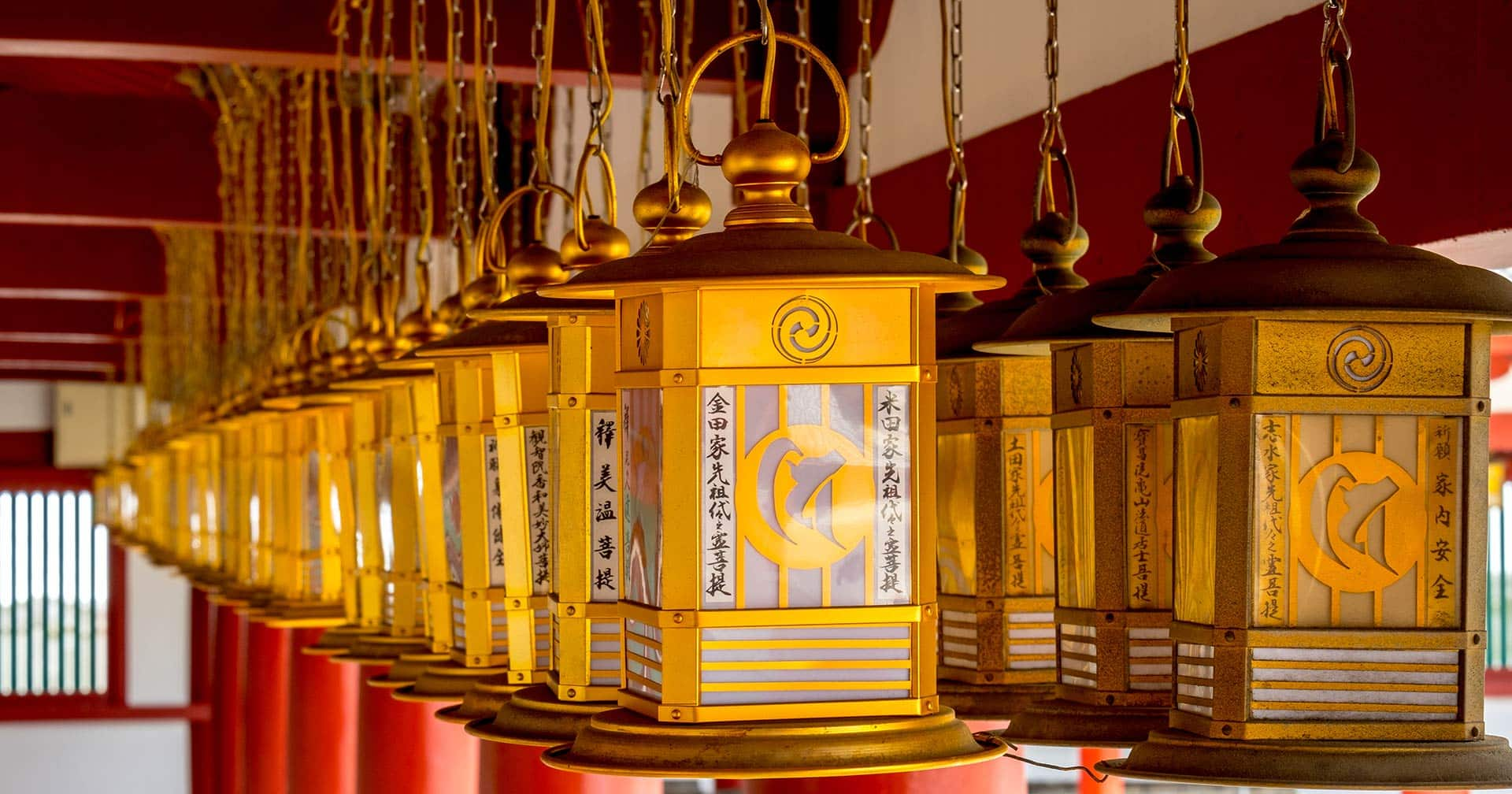
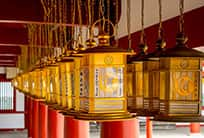
Duration 5 hrs
Explore Japan's third largest city, Osaka, on this intriguing half-day tour. One of the gateways to ancient Japan for traders from China, Korea and the Asian continent, Osaka played a vital role in the introduction of new technologies in ceramics, forging, construction, and engineering. Today, this modern port city combines historical and cultural attractions with all the delights of a Japanese urban marvel.
Following a nearly 1-hour drive from Kobe to Osaka, the impressive landmark of Osaka Castle comes into view. One of Japan's most famous castles, it played a major role in the unification of Japan during the 16th century. Built on a plot of land almost one mile square, the castle compound contains thirteen structures, designated as Important Cultural Assets by the Japanese government. The central castle building is five stories on the outside and eight stories on the inside, built atop a massive stone foundation that protected its occupants from sword-bearing attackers. Of particular interest are the tower's ornamental ride-end roof tiles, and bas-reliefs carved in the shape of crouching tigers, all gilded with gold. An engaging museum occupies the interior of the building, tracing the history of the castle from the late 1500s to the present day, and housing Osaka's most significant historical and cultural artifacts.
Visit Japan's oldest Buddhist temple, Shitennoji. Built in the late sixth century by Prince Shotoku, the temple grounds contain a five-story pagoda and a treasure house containing ornate mandalas and several massive wooden Buddha statues. Despite repeated reconstructions, the layout of the temple compound remains largely unchanged from its beginnings.
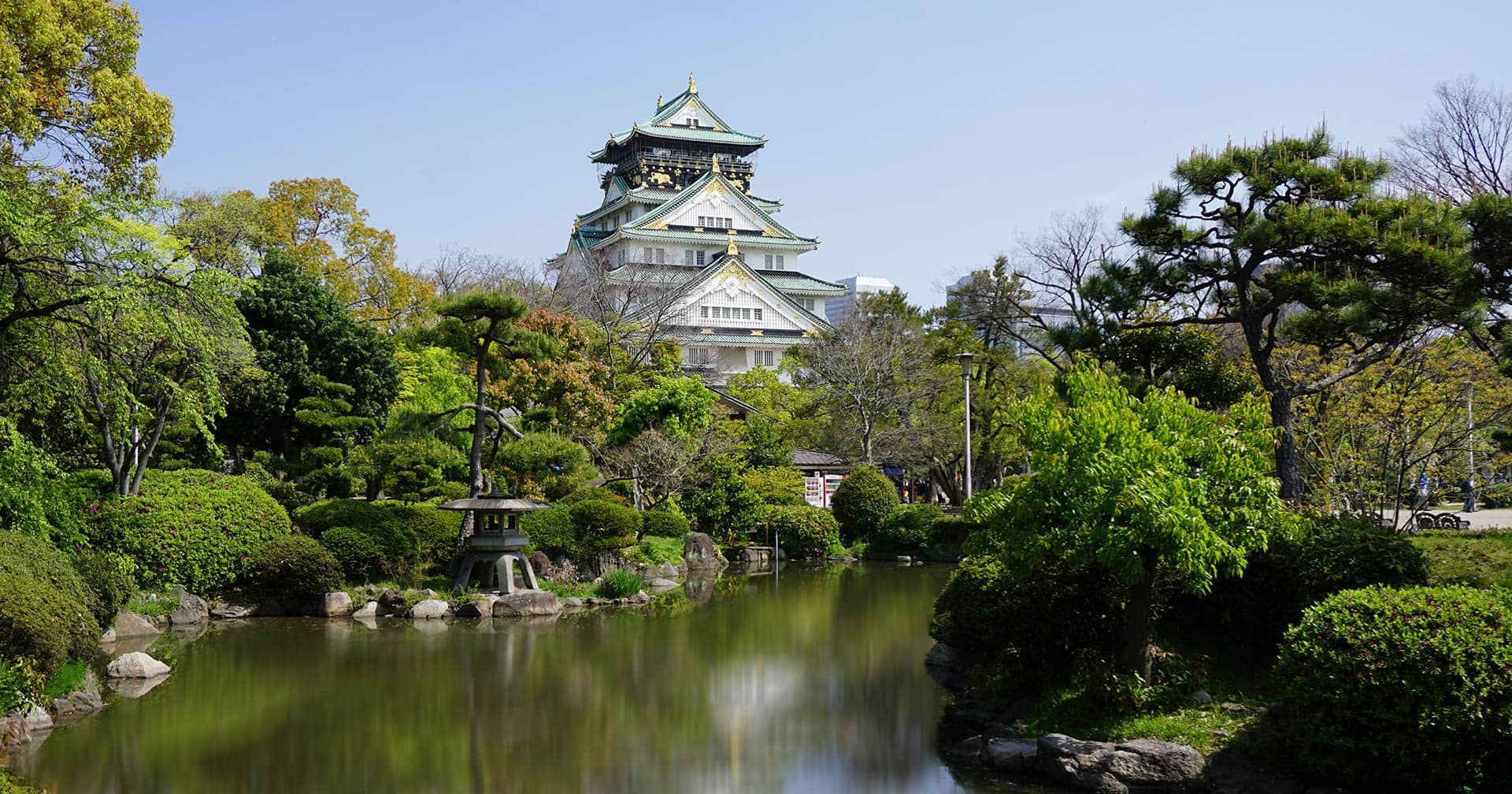
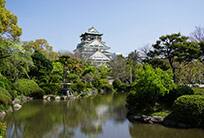
Duration 3 1/2 hrs
OVERVIEW
Osaka shines as one of Japan's most modern cities, yet it holds its past dear, as you'll discover by touring the Osaka Castle. Depart from the pier and enjoy a nearly 1-hour drive to the impressive Osaka Castle, which was first built in 1583 and now serves as the symbol for the city. Although the original castle was destroyed over the years, many of the key features of the complex still remain, including turrets and sections of the walls that border the surrounding moat. The existing version of the castle itself was built in 1931 to replicate the original. The steep, stone walls at its base are particularly noteworthy, as they rise nearly 100 feet, an architectural rarity in Japan.
HELPFUL HINTS
• Dress in weather-appropriate clothing.
• Wear flat comfortable walking shoes.
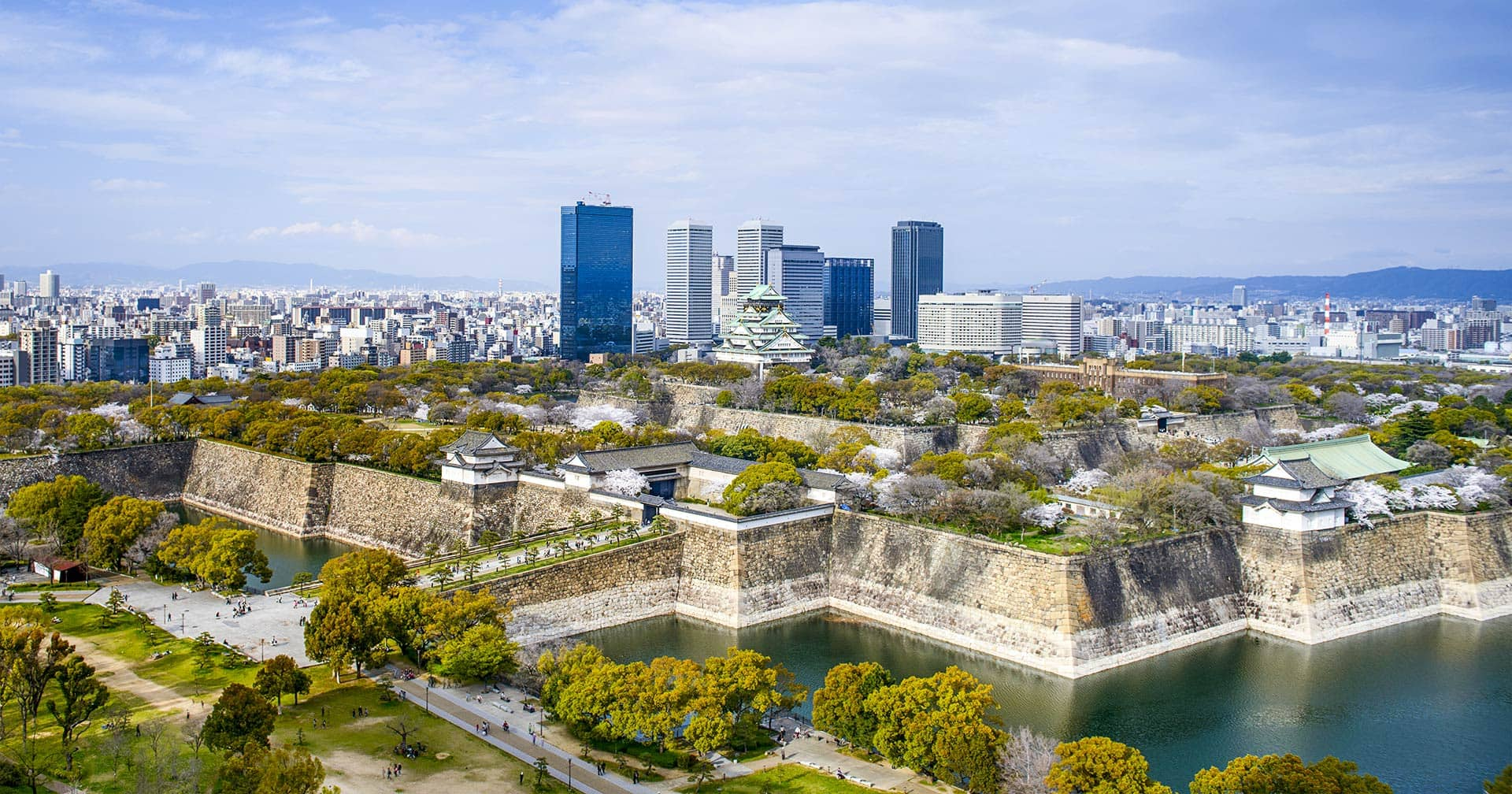
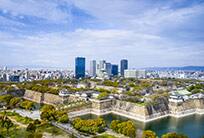
Duration 4 hrs
Visit two iconic landmarks in Osaka that represent vastly different time periods: a classic 16th-century castle and a modern high rise made of steel and glass.
Enjoy a scenic drive around the bay and through the urban landscape that connects Kobe and Osaka. Stop for photos of Osaka Castle, an imposing fortress at the edge of a lush park with more than 1,200 trees. Built in the late 16th century, magnificent Osaka Castle consists of 13 structures that include gates, moats and gunpowder storehouses. The nine-story dungeon at its center is adorned with golden sea creature ornaments and is so distinctive that the government has designated the castle an Important Cultural Asset and the cherished symbol of Osaka.
During your visit of the castle’s exterior, you will learn about the castle’s construction, particularly its massive stone wall. According to legend, the stones were carried there from all over Japan to display loyalty to hegemon Toyotomi Hideyoshi, who built the castle.
For a modern perspective of the city, you will ascend to the observation deck of towering Umeda Sky Building. Completed in 1993, the twin-tower high rise offers a stunning, 360-degree view of Osaka and beyond to Awaji Island. Nearly 3 million people live in Osaka, so you can imagine the urban sprawl nearly as far as you can see.
*Prices vary by ship and sail date. See Terms & Conditions
NCL makes arrangements for Guests for shore excursions solely for the convenience of the Guest; NCL does not act on behalf of or supervise the parties or persons who own, furnish, or operate such excursions, and the same are provided by independent contractors. NCL assumes no responsibility for, nor guarantees the performance of, any such excursion provider, and Guests acknowledge that NCL shall not be liable for losses or injuries arising from the acts or omissions of such provider.
Participation in activities and excursions may involve physical exertion, and may be potentially hazardous or dangerous. It is the responsibility of each individual to determine whether you are capable of engaging in any activity. Participation in any activity or excursion is at your own risk.
Photographs are for illustration purposes only used to represent the excursion experience and may not accurately depict the excursion, location, or activity indicated.
Our group shore excursions are offered in English. Depending on the booking situation, various excursions are also offered in German, Spanish, French, Italian or Russian (minimum number of 30 participants). The tours offered may vary from cruise to cruise. Please see the detailed information for your shore excursion on board.
